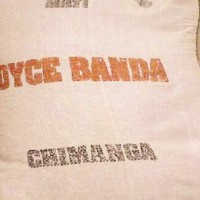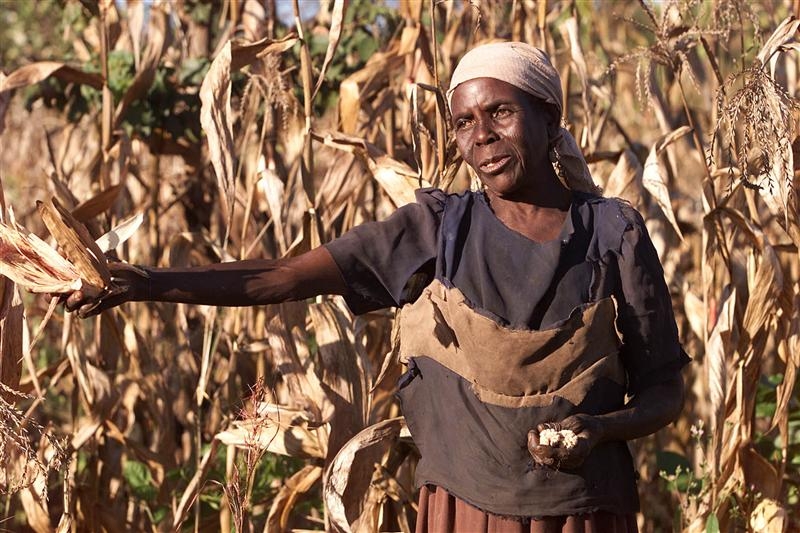During a press conference last Saturday, a journalist asked the president if she was aware that her rhetoric on maize shortages has contributed to the acute shortage and astronomical rise in prices for the staple food.
In her response, the president clearly stated that she did not understand the connection between maize situation and her words and actions.
We take the liberty to tell the president one or two things bout market speculation and prices in a free market economy like Malawi, something her advisors may not have told her.
For a strategic commodity like maize, which is largely traded freely by the private sector with only periodic interventions from the state marketer Admarc, supply and prices are driven by many inter related factors, one of which are policy statements from authorities such as the president.
Since maize is largely grown once a year, its continued supply on the market depends on traders who have the capacity to buy in bulk from farmers and keep for many months for continued supply to consumers throughout the year.
However, being business people as they are, the traders adjust their prices from time to time based on market situations and indicators.
Demand and supply is the main driver of the prices as the traders are quick to detect under or over supply of the commodity and adjust prices accordingly.
Government can be able to influence favourable demand and supply as well as prices of maize with market interventions through Admarc and the National Food Reserve Agency (NFRA) which can always use their reserves to increase supply on the market.
While Admarc sells its maize directly to consumers through their network of depots, the NFRA can intervene through supplies to Admarc or private sector traders at prices much lower than those prevailing on the market.
Relief maize handouts can also help ease pressure on market prices for maize as they reduce the number of people who would go looking for the maize on the open market.
Speculation is another driver of prices on the market. Where you have a few powerful traders who can manage to hold large quantities of maize and release it into the market when they feel like, maize prices can be driven by speculation.
What the traders do is to create an artificial shortage of the commodity and create consumer demand which they use to offer the maize at prices of their choice.
Policy statements and rhetoric from authorities such as the president also have a large influence on maize prices on the market.
For example, when the government announces a bad on exports, prices can come down as supply of the commodity increases on the local market as traders who intended to export their stocks would be forced to dispose it on the local market, thereby increasing supply.
When government announces that it will import maize, prices can also come down and traders who were hoarding stocks would be forced to release it into the market for fear of remaining with maize which they cannot sale once imported grain floods the market.
When the president declares that there is shortage of maize on the market and goes about distributing free maize, traders – who may have stocks, hold on to their supplies hoping that the situation would get worse in the coming months so that they cash in on consumers’ desperation for the maize.
While we cannot ascertain that President Joyce Banda’s statements and actions are responsible for the record prices of maize on the marker- which have gone up to as high as MK10,000 a bag, it is important for the president to realize that her words are a policy statement and can be used by traders to decide how to supply their commodity on the market.





No comments! Be the first commenter?